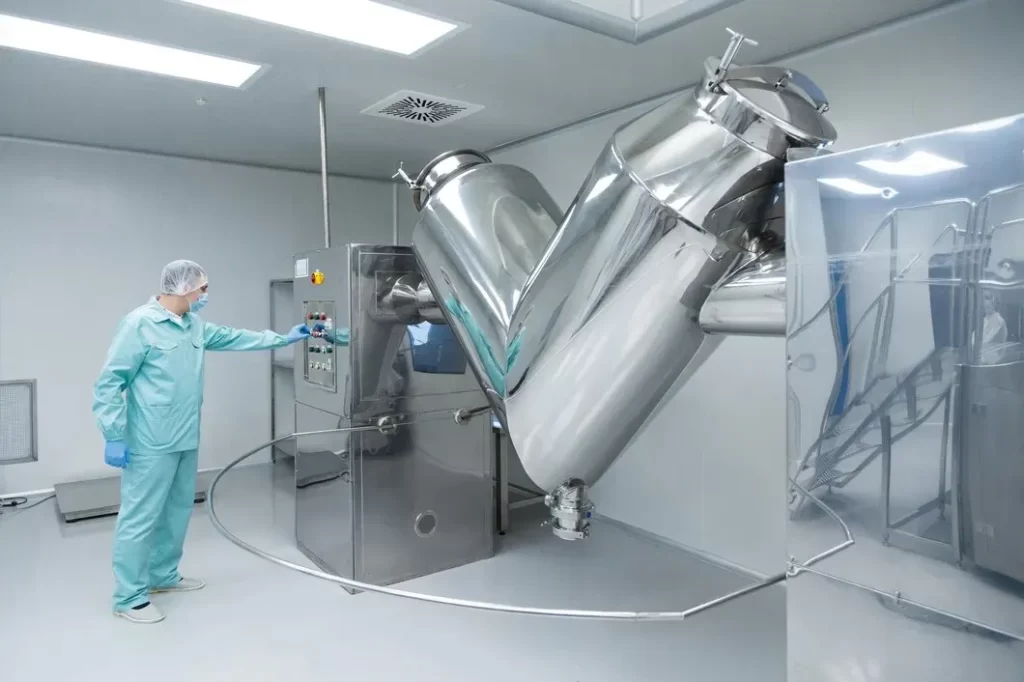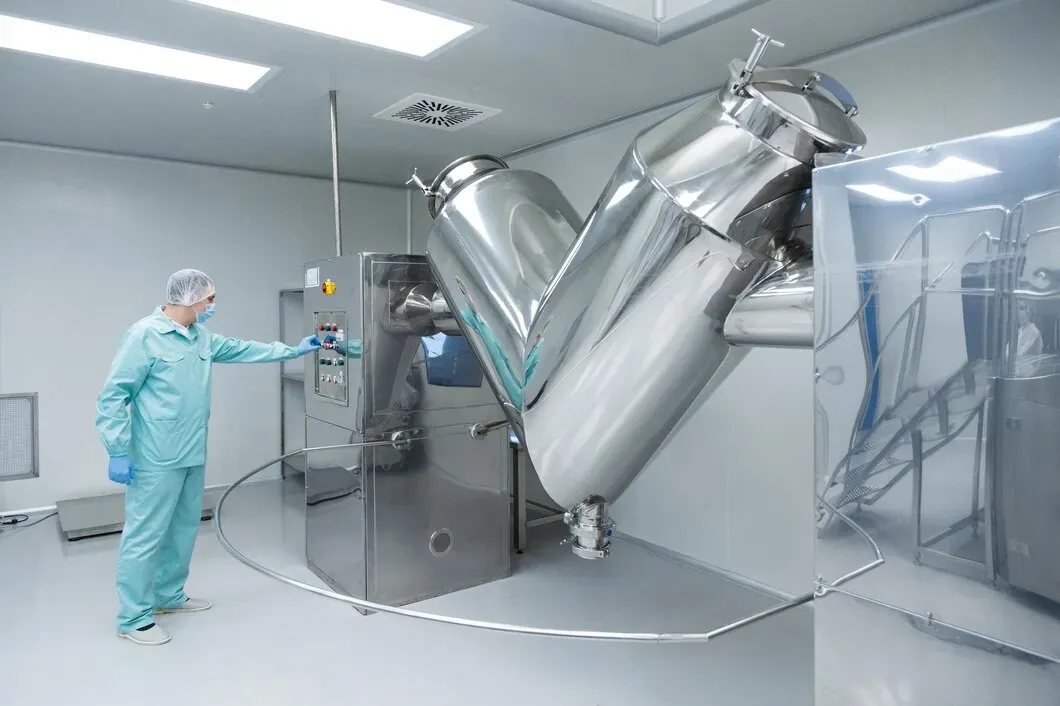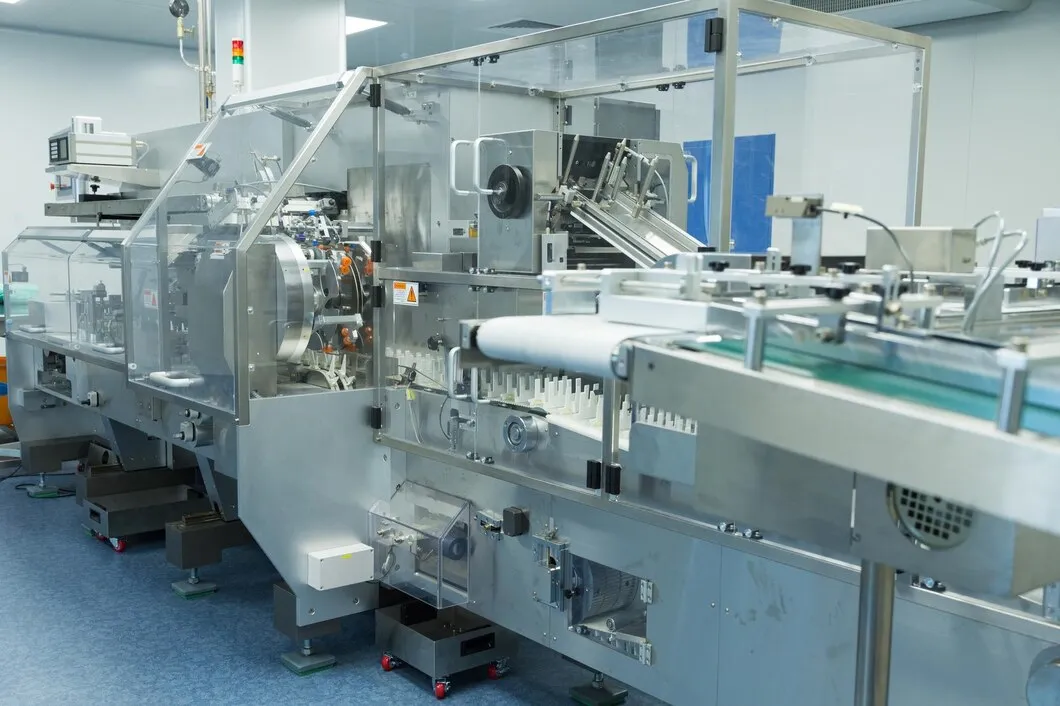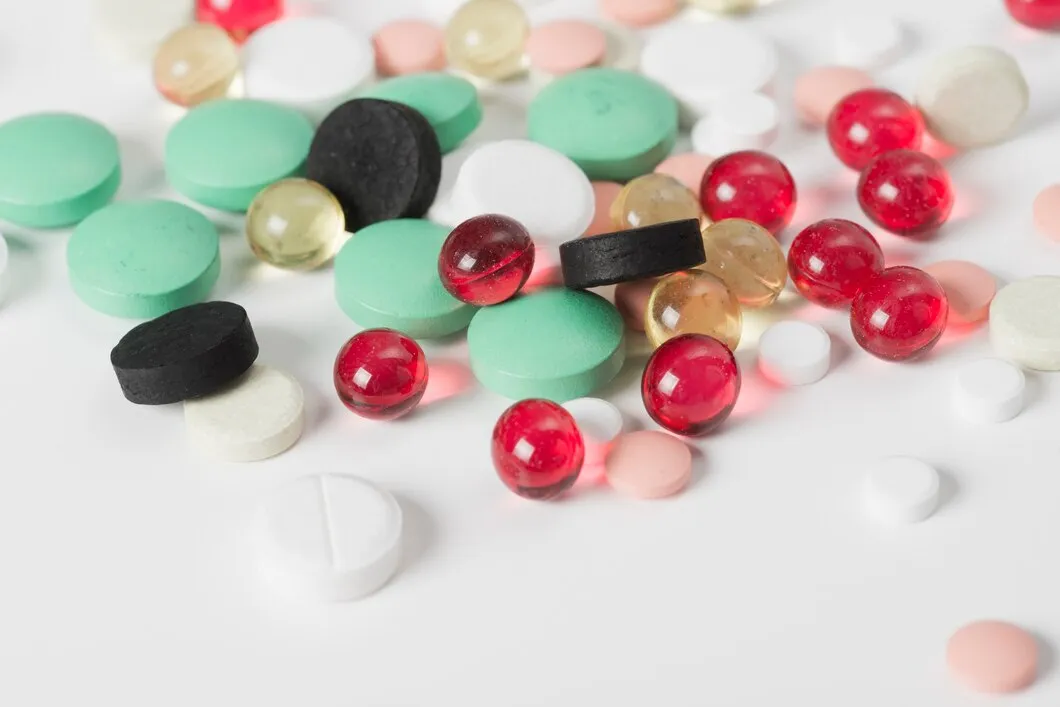Before any drug reaches a patient, it starts in a lab. That’s where formulas are tested, batches are checked, and quality is either confirmed or questioned. To do that work right, labs depend on the right equipment—tools that don’t just get the job done, but do it with precision.
If you’re responsible for running or setting up a pharmaceutical lab, here’s what equipment you actually need, and why it matters.

Pharmaceutical labs utilize a diverse array of equipment, each serving specific purposes:
Key pharmaceutical laboratory equipment include:
In any pharmaceutical lab, the equipment you use directly impacts the quality of your work. Reliable instruments help maintain consistency across batches, reducing the chances of defects or out-of-spec results. When equipment is precise, regularly calibrated, and properly maintained, it becomes much easier to meet the strict standards set by regulators.
Safety is just as critical. Labs handle sensitive and sometimes hazardous materials, so having the right containment systems, ventilation, and protective tools isn’t optional—it’s how teams work confidently without putting anyone at risk.
Regulatory compliance ties it all together. Agencies like the FDA expect labs to use validated equipment, follow documented procedures, and keep accurate records. Without the right tools in place, staying compliant becomes a guessing game—and that’s a risk no manufacturer can afford.
Not all lab equipment fits every setup. What you choose depends on what you’re making, how you’re making it, and the standards you need to meet.
Investing in the appropriate pharma laboratory equipment is fundamental to the success of pharmaceutical research and manufacturing. It ensures product quality, enhances safety, and facilitates compliance with stringent regulatory standards. Careful selection, regular maintenance, and adherence to GMP guidelines are essential for optimal laboratory performance.
Looking to equip your pharmaceutical lab with reliable and compliant instruments? Contattaci to explore tailored solutions that meet your operational needs.




Prima che un farmaco raggiunga un paziente, inizia in laboratorio. È lì che le formule vengono testate, i lotti controllati e la qualità confermata o messa in discussione. Per svolgere al meglio questo lavoro, i laboratori dipendono dalle attrezzature giuste: strumenti che non solo svolgono il lavoro, ma lo svolgono con precisione. Se sei responsabile della gestione o […]

Il confezionamento in blister è onnipresente nel settore farmaceutico: dalle compresse alle capsule, fino ai campioni omaggio. Protegge il prodotto, ne prolunga la durata di conservazione e migliora la sicurezza dei pazienti. Ma per i produttori, è più di un semplice confezionamento: è un sistema basato su velocità, precisione e conformità. Se lavori nel settore farmaceutico o nell'approvvigionamento di imballaggi, ecco cosa devi sapere sui blister […]

Se stai decidendo come distribuire un prodotto farmaceutico o un integratore, il formato che scegli – gel liquidi o compresse – influenzerà molto più del semplice aspetto. Influisce sul modo in cui il prodotto viene prodotto, sulla velocità di assorbimento, sul tipo di attrezzatura necessaria e sull'esperienza dell'utente finale. Alcuni principi attivi funzionano meglio in un […]